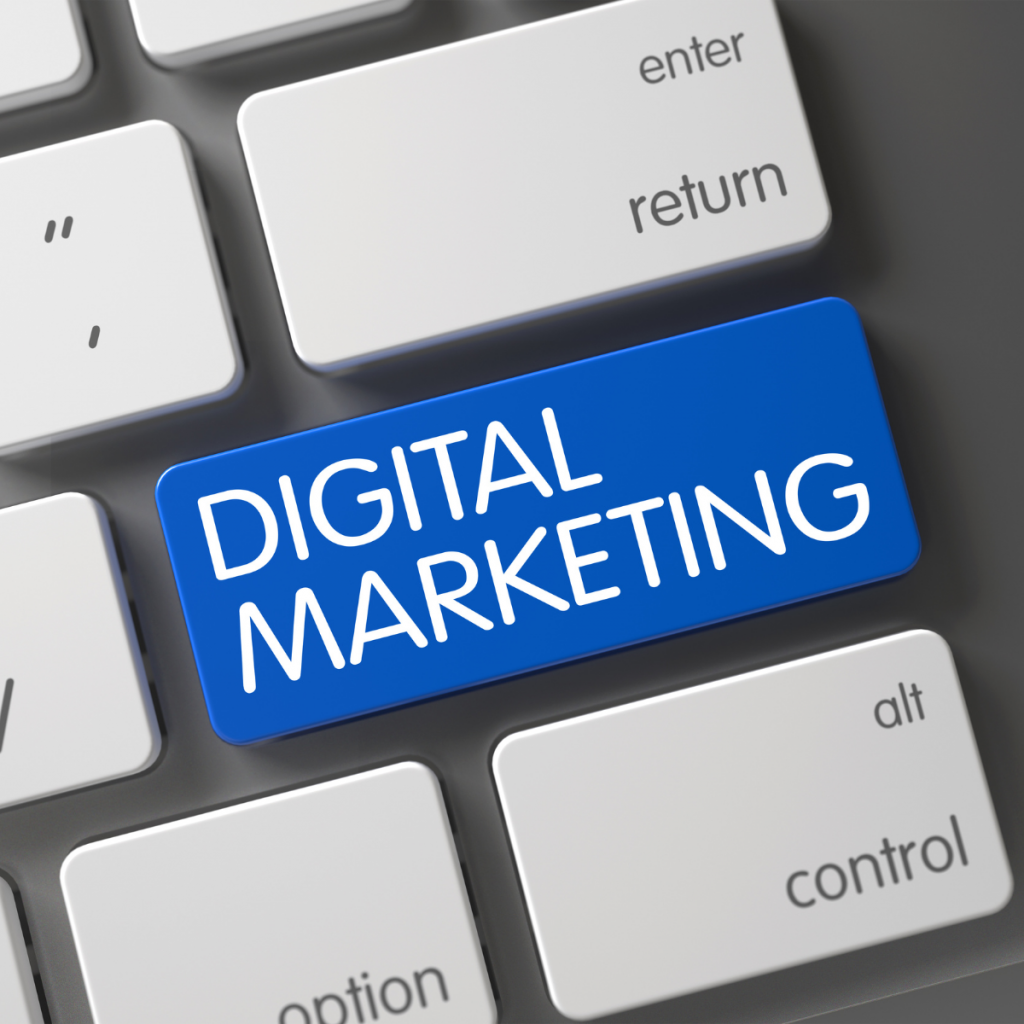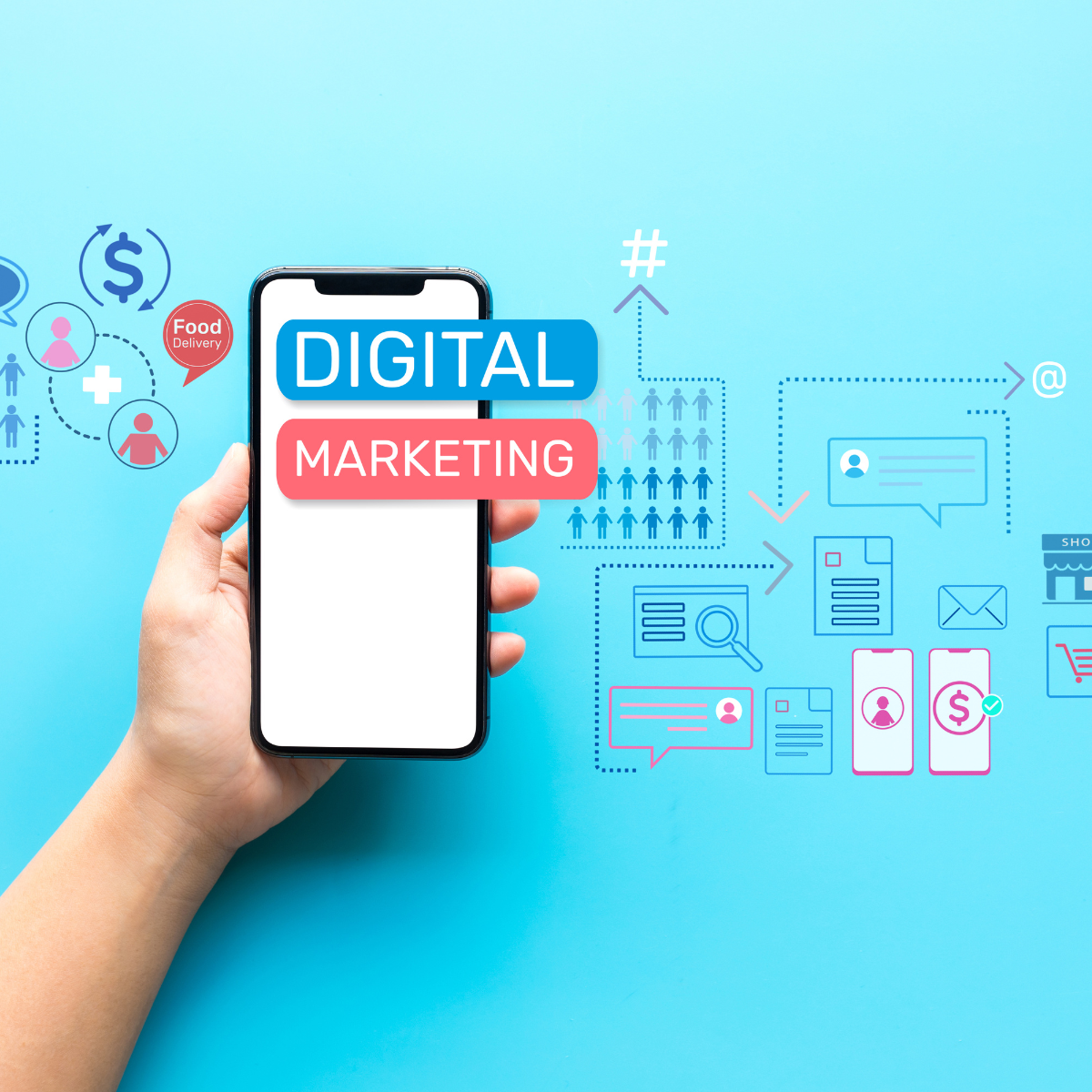In the digital age, a solid marketing strategy is essential for businesses looking to grow their brand and increase revenue. However, with the ever-evolving digital landscape, creating an effective strategy can be overwhelming. From SEO optimization and social media marketing to paid ads and content creation, it’s crucial to know where to focus your efforts for the best return on investment (ROI).
This article will guide you through the essential steps to build a successful digital marketing strategy. Whether you’re a small business owner or a large enterprise, these actionable tips will help you create a comprehensive plan that aligns with your goals, targets the right audience, and drives measurable results. Let’s explore the critical components that make up a winning digital marketing strategy in today’s competitive marketplace.
1. Define Your Goals and Objectives
Before diving into tactics, it’s essential to set clear and measurable goals for your digital marketing strategy. Ask yourself what you want to achieve with your digital marketing efforts. Whether your goal is to increase website traffic, improve lead generation, boost brand awareness, or grow sales, defining these objectives will give your strategy direction and focus.

SMART (Specific, Measurable, Achievable, Relevant, Time-bound) goals are often the best approach for crafting a successful strategy. These goals provide clarity, ensure accountability, and allow for better tracking of progress over time. It’s important to remember that each goal should align with your overall business objectives to ensure that your marketing efforts contribute to your company’s growth.
2. Know Your Target Audience
Understanding your target audience is a critical element of any digital marketing strategy. Without a clear understanding of who your customers are, your marketing messages will miss the mark. Start by creating detailed buyer personas that include demographic information, interests, pain points, behaviors, and buying habits.
Utilize data from website analytics, social media insights, and surveys to better understand the preferences and needs of your audience. The more you know about your customers, the more effective your content and marketing campaigns will be. Knowing your audience allows you to tailor your messaging, select the most suitable marketing channels, and create more engaging and relevant content.
3. Conduct a Competitive Analysis
A thorough competitive analysis is key to identifying opportunities and challenges in your industry. By researching your competitors, you can discover what strategies they are using, what is working for them, and where you can differentiate yourself.
Focus on your competitors’ content marketing efforts, SEO strategies, social media engagement, and ad campaigns. Use this information to spot gaps in the market and find ways to stand out. Tools like SEMrush, Ahrefs, or SpyFu can help you gather insights on your competitors’ digital marketing efforts, including their organic search performance, paid ads, and backlink profiles.
4. Choose the Right Digital Marketing Channels
With so many digital marketing channels available, it’s crucial to choose the ones that will have the most significant impact on your business. These channels include SEO, content marketing, email marketing, social media, paid advertising, and affiliate marketing.

Here are some key digital marketing channels to consider:
- SEO: Optimize your website to rank higher in search engine results, attracting organic traffic.
- Content Marketing: Create valuable and informative content to educate your audience and build brand authority.
- Email Marketing: Engage with your audience through personalized email campaigns, nurturing leads and driving conversions.
- Social Media Marketing: Connect with customers on platforms like Facebook, Instagram, LinkedIn, and Twitter.
- Paid Advertising: Use Google Ads, Facebook Ads, or display ads to target specific audiences and drive immediate traffic.
Each business will have different priorities, so consider which channels are most suitable for reaching your target audience. For instance, B2B companies might prioritize LinkedIn and email marketing, while B2C companies may find Instagram and influencer partnerships more effective.
5. Develop High-Quality, Engaging Content
Content is the backbone of any digital marketing strategy. Quality content not only informs and entertains but also serves as a way to attract and engage potential customers. Content comes in many forms, including blogs, videos, infographics, podcasts, eBooks, and social media posts.
To create compelling content, it’s essential to understand the needs and pain points of your audience. Produce content that addresses these needs while offering value and solutions. Incorporate SEO best practices into your content to ensure it ranks well on search engines. Focus on crafting content that educates, entertains, or solves a problem, keeping your audience engaged and prompting them to take action.
6. Implement SEO Best Practices
SEO (Search Engine Optimization) is a fundamental aspect of any digital marketing strategy. Optimizing your website and content for search engines increases your visibility, driving more organic traffic to your site. By ranking higher for relevant keywords, you’ll reach more potential customers actively searching for your products or services.
Start with keyword research to identify the terms your audience is searching for. Use tools like Google Keyword Planner, Ubersuggest, or Ahrefs to discover high-traffic keywords related to your industry. Optimize on-page elements like titles, meta descriptions, headings, and content to include these keywords naturally. Additionally, focus on off-page SEO by building quality backlinks and improving your website’s loading speed and mobile responsiveness.
7. Invest in Paid Advertising
Paid advertising allows businesses to drive targeted traffic quickly and efficiently. Platforms like Google Ads, Facebook Ads, and Instagram Ads provide powerful tools to reach potential customers with specific interests and behaviors. These platforms allow for precise targeting based on demographics, location, interests, and online behavior.
Consider incorporating paid advertising into your digital marketing strategy to supplement your organic efforts. Paid campaigns can generate immediate results and help you reach a broader audience. Ensure that you optimize your ad campaigns by analyzing key performance metrics, such as click-through rates (CTR), cost-per-click (CPC), and return on ad spend (ROAS), to ensure your budget is being used effectively.
8. Leverage Social Media for Brand Building and Engagement
Social media has become one of the most effective tools for brand awareness, engagement, and customer loyalty. Each platform offers unique opportunities for businesses to connect with their audience, build relationships, and drive sales.
Develop a social media strategy tailored to your audience and business goals. Choose the platforms that best align with your target demographic, whether it’s Instagram, Facebook, LinkedIn, or TikTok. Share a mix of content, including promotional posts, educational content, behind-the-scenes glimpses, user-generated content, and interactive elements like polls and contests.
Consistent posting and timely responses to customer inquiries can enhance brand credibility and trust. Use social media analytics to track performance, improve engagement, and refine your content strategy.
9. Measure and Analyze Your Results
Tracking and analyzing your digital marketing efforts is essential to understand what’s working and what’s not. Use analytics tools such as Google Analytics, HubSpot, or social media insights to monitor key metrics like website traffic, conversions, bounce rate, and engagement rates.
Regularly review these metrics and adjust your strategy accordingly. If certain campaigns or tactics are not yielding results, pivot your approach and experiment with new ideas. The ability to measure results allows you to make data-driven decisions, ensuring that your marketing strategy remains effective and continues to deliver ROI.
10. Stay Flexible and Adapt to Trends
The digital marketing landscape is constantly evolving, with new trends and technologies emerging all the time. From AI-powered tools to changes in social media algorithms, staying flexible and open to change is crucial for ongoing success.

Regularly research industry trends and emerging technologies that could impact your strategy. Test new marketing techniques and adopt innovations that can help your business stay competitive. By remaining agile, you can quickly adapt to shifts in consumer behavior and technological advancements, ensuring your strategy stays relevant and effective.
Conclusion
Building a successful digital marketing strategy is an ongoing process that requires a combination of planning, creativity, and data-driven decision-making. By defining clear goals, understanding your target audience, choosing the right channels, and consistently measuring results, you can create a strategy that drives long-term success.
With the right mix of SEO, content marketing, social media engagement, and paid ads, businesses can reach their desired customers, increase brand visibility, and ultimately boost revenue. Keep testing, adapting, and improving your strategy to ensure that it evolves alongside digital trends and delivers consistent, measurable growth.

Leave a Reply